Famous engineers: Ettore Bugatti – UPDATED
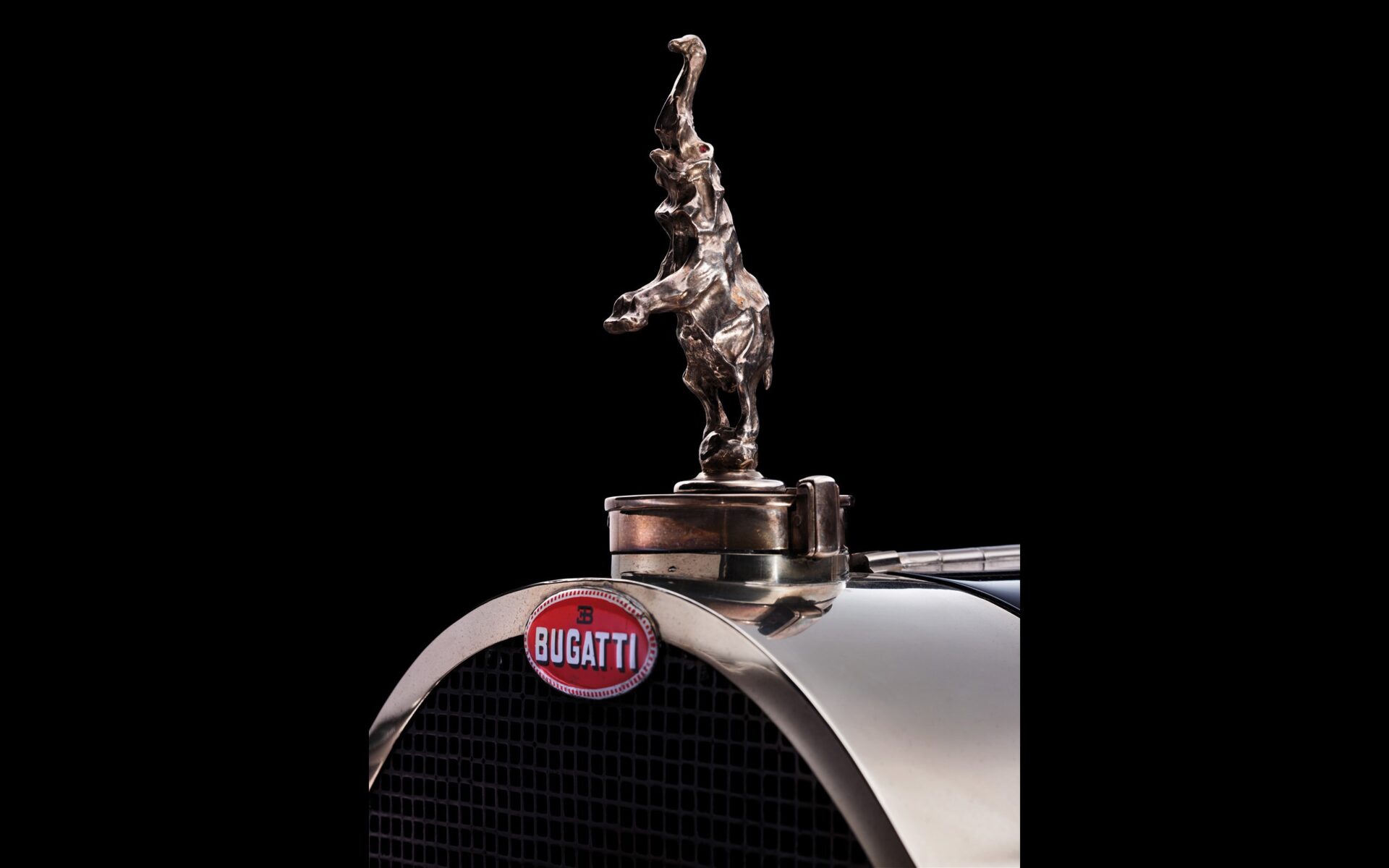
Ettore Bugatti was born in 1881 in Milan, but always considered himself more of a Frenchman. His ancestors were prominent artists. Father Carlo was Art Nouveau furniture, jewelry and extravagant clothes designer. His grandfather, Giovanni Luigi was a sculptor architect and Ettore’s younger brother Rembrant was again the excellent sculptor specializing in animals. It was him who created the statue of the elephant, located under the front grille of Bugatti Royale.
The knowledge and interest in the complex mechanisms proved Ettore at a very early age. At 16 he joined as an apprentice in Milan’s bicycle manufacturer Prinetti & Stucchi. There he customized the former flagship of local factory, tricycle Stucchi. This series was selling with a single cylinder engine, but Ettore within its modification added one more motor and began winning local races. Another experiment which was constructed in the basement workshop of his father’s house was a car, which preceded T2 from 1900. Then he got off the car of four-cylinder engine with the capacity of 3.055cc and a four speed gearbox from the “production line”. Thanks to modern design and technological solutions he achieved at the exibition in Milan first place. Ettore’s talent didn’t remain unnoticed and soon Baron de Dietrich, the director of the industrial factory in Niederbronn, offered him a position of the car designer and Ettore gained space for the production of T2. Because Bugatti put all his energy into racing cars, Dietrich thought, that he was neglecting the development of the production cars, which led to the termination of the contract. It didn’t have any affect on the talented designer, because in 1904 signed the contract with Mathis in Strasburg, and he suggested a new car with the four-cylinder engine.
In 1906 Ettore created another car without any contractual obligation. Later on he offered it to a factory for gas engines Deutz that made the car under the license and Bugatti then became head of the division in Cologne. There he has developed also two robust models, one of them “Model 10” survived until today.
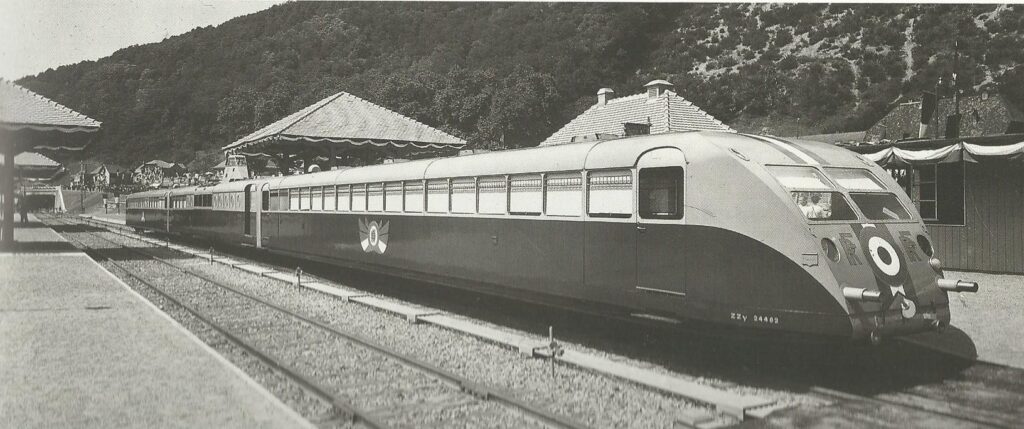
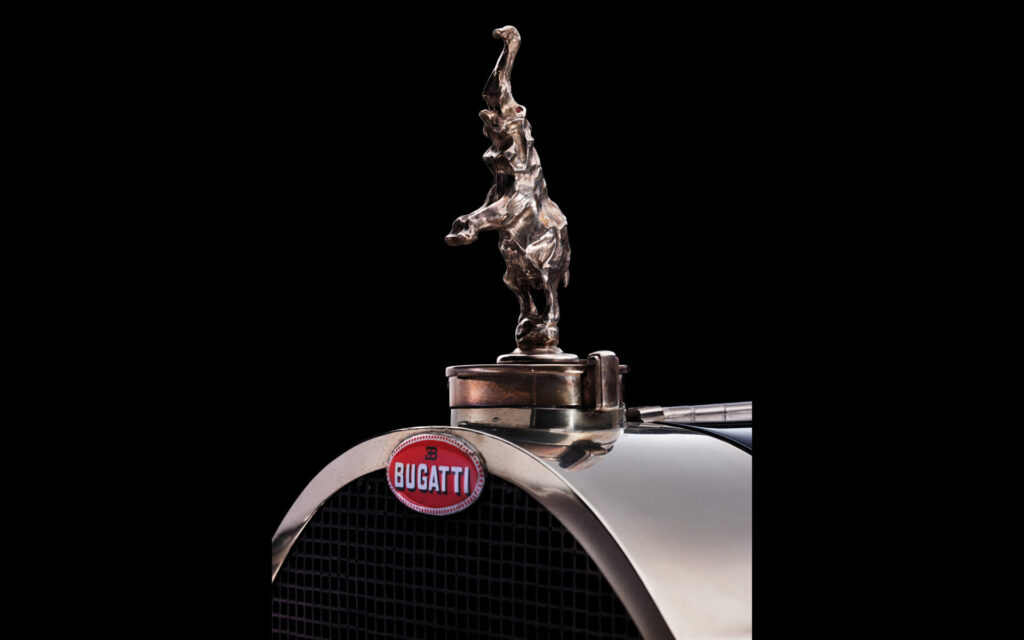

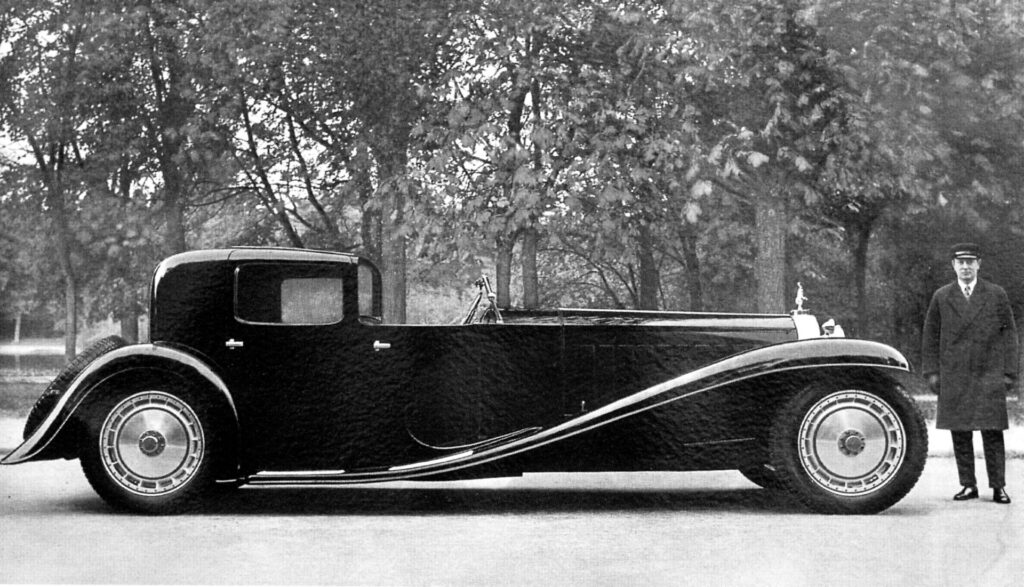
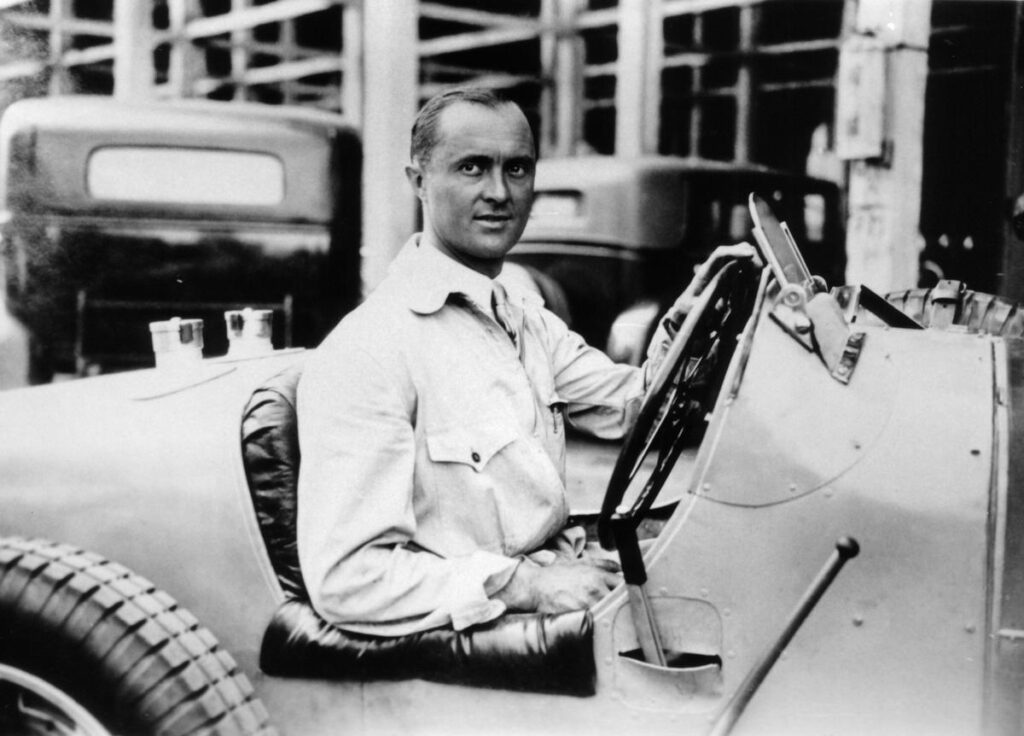

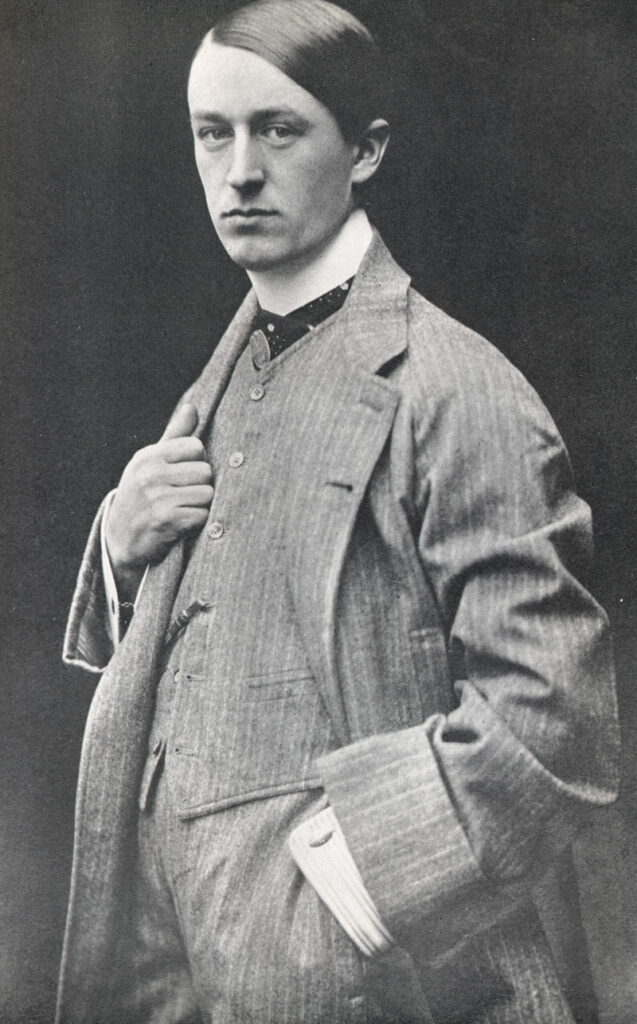

Another significant progress in Bugatti’s life was in 1909, when it was held the second annual Route of Prince Jindřich from Berlin through Wroclaw, Budapest and Vienna to Munich. 113 participants attended at this race among with Alexander “Saša” Kolowrat – Krakowský, Alfred Ginskey or Ferdinand Porsche. This competition most likely brought together Ettore Bugatti and Alfred Hielle. By the financial support of Hielle and Prince Hohenlohen – Schillingsfurst, Ettore bought the small factory in Molsheim, which was previously dye house (just for the record the Bugatti Veyron is still manufactured there) and began production of cars under his own roof. Bugatti return the investment deposit to his sponsors by his great cars. Hohenlohe his first Bugatti, at that time in Austria-Hungary, registered on the 14th of December 1910 in Prague and Hielle who has received several cars opened a small dealership in Krásna Lípa, North part of Czech Republic. He was selling cars through his friend Rudolf Kögler jr., who had Laurin & Klement dealership.
Bugatti settled down very well in Molsheim and thanks to the loan from Darmstadter bank for the production of ten cars and five aircraft engines, the company began to flourish. In 1913 was the model Bebe developed by Bugatti and manufactured under his license by Peugeot. It was a huge success. Until the year 1916 have been produced several thousand of them. Thanks to this success, the Bugatti name becomes a symbol of the simplicity and reliability. During the World war I. Bugatti didn’t devote his passion only for the motorsport, but also for the production of the aircraft engines, which were widely licensed abroad. These eight-cylinder engines soon appeared in cars. They were initially used in the racing prototypes, where they went through the modernization and development and later even in the “road legal versions”. The most modern versions Ettore hidden during the war in his factory and afterwards he used them on the lightweight chassis. Such constructed car triumphed at Le Mans or Brescia in Italy in 1921 and launched the most glorious decade of the marque. At the end the Bugatti’s racing cars became the most successful in the world.
Over this time has been made for many, the best model T35, which among other things was very popular for the private drivers and it deserved a staggering 10 000 starts of Bugatti cars in various competitions.
The development of the Bugatti engines was for the competition beyond reach. His cars reached unprecedented success on the racetrack and out of it too. Bugatti Royale became the most expensive car in the world. Few may know that the 4 engines of the Royale (the inline eight of volume nearly 13 liters and 300 hp) were used as a drive for the aerodynamic high-speed Bugatti train, made in the 30s. Between 1933 and 1939 were produced in total 7 high-speed trains which achieved speeds up to 160 km/h.
Ettore loved dogs and horses and they were housed directly in the factory area. Even the radiators of his cars have been designed to resemble a horseshoe. He had a special relationship with his workers, for whom he paid high social security contributions and the constructers been payed how we say “by gold”. The “Patron” as his employees called him, was very stubborn and unwilling to admit a mistake, but on the other side he knew everyone by name, he knew their families and deeply cared for them. The need to create something big, technologically advanced and elegant motivated him and the cars were tuned to the last detail. The workshop has been equipped with extremely elegant tools of his own production and not only by him, but also his employees who had a sense for detail and were known by their manual ability. His company worked perfectly, it was clean, organized, and every day he was riding around the factory on the bicycle or on electric car of his own design.
With the arrival of the German occupation, Ettore Bugatti was forced to sell his factory for 150 million francs to a German entrepreneur Hans Tripple. During the war he lived in Paris and Bordeaux, where he was planning a post-war production program. Although the factory was returned to Bugatti’s family, it wasn’t able to develop a new range of models. Today, the company is owned by the VW Group and the Molsheim was able to produce new cars.
Bugatti’s personal life has been for most of the time happy. He had four healthy and successful children and he offered his family everything he could. Among others three Bugatti Royal, which their owners during the economic crisis refused to withdraw on the basis of orders. Son Jean followed his footsteps and with the new ideas he brought “the hope to dust the glory” of Bugatti cars. Unfortunately Jean died in 1939 as 30 years old by testing the T57.
Ettore Bugatti last time visited Molsheim in 1947 and On the 21st of August died as a 66 years old of pneumonia in a military hospital in Paris. He was buried in the family tomb at the cemetery in Dorlisheim near Molsheim in the Bas-Rhin département of Alsace in France.
